Scientists know of more than 3,300 isotopes. Researchers have compiled experimental nuclear data for all known nuclei, including mass, quantum numbers, half-life, decay modes, and branching intensities.
Tag: Isotopes
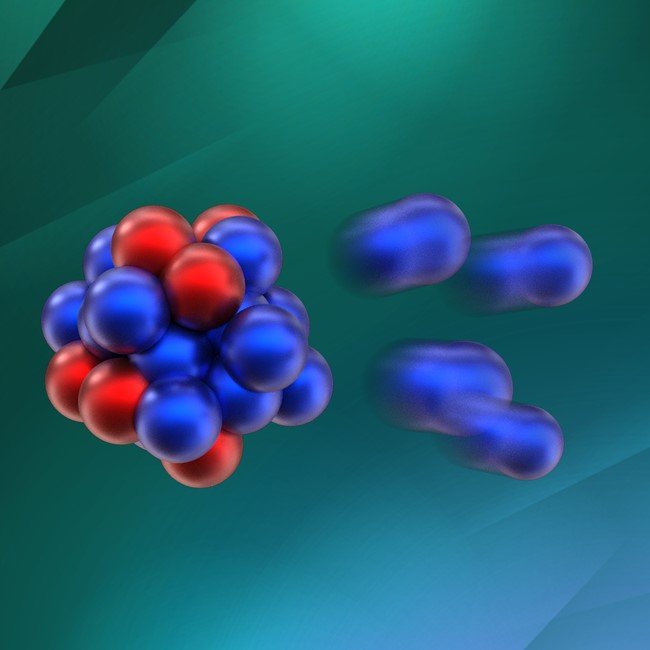
Not-Quite “Magic” Oxygen-28 Observed for the First Time
According to the traditional model of nuclear shells, oxygen-28 is expected to be a doubly magic nucleus with 20 neutrons and 8 protons. However, an experiment performed at the Rare Isotope Beam Facility in Japan measured the direct decay of oxygen-28 into four neutrons and oxygen-24 and found that it is not a bound nucleus.
Searching for the Decay of Nature’s Rarest Isotope: Tantalum-180m
The tantalum isotope, Ta-180m, is found naturally in a long-lived excited state. However, the radioactive decay of this excited state in Ta-180m has never been observed.
The “Nested Doll” Nucleus Nitrogen-9 Stretches the Definition of a Nucleus to the Limit
Experimentalists and theorists have provided strong evidence for the creation of an exotic isotope, nitrogen-9, which has two neutrons and seven protons. This unbalanced ratio of protons to neutrons produces a nucleus that only survives for less than one-billionth of a nanosecond. The work also provides information on nitrogen-9’s mirror nucleus, helium-9, which has two protons to its seven neutrons.
New nuclei can help shape our understanding of fundamental science on Earth and in the cosmos
In creating five new isotopes, an international research team working at the Facility for Rare Isotope Beams, or FRIB, at Michigan State University has brought the stars closer to Earth.
Cathy Sue Cutler Named Chair of Isotope Research and Production Department
Cathy Sue Cutler, who has served as director of the Medical Isotope Research and Production (MIRP) program at the U.S. Department of Energy’s (DOE) Brookhaven National Laboratory since 2015, has been tapped to lead a newly created Isotope Research and Production (IP) Department at the Laboratory.
PROSPECT Characterizes the Footprint of Neutrinos
Predictions based on the Standard Model of particle physics don’t always agree with what scientists see in experimental data. One way to examine these differences is emissions of neutrinos from nuclear reactors. As part of this research agenda, scientists in the PROSPECT Collaboration have reported the most precise measurement ever of the energy spectrum of antineutrinos emitted from the fission of uranium-235, providing a new reference energy spectrum and new constraints on the origin of the disagreements between data and models.
A Scalable, Safer, and Potentially Cheaper Way to Isolate Valuable Isotopes
New research published in Science Advances, led by Yuan Yang, associate professor of materials science at Columbia Engineering, and collaborators at Lamont-Doherty Earth Observatory, demonstrates a novel technique for isolating isotopes.
Scientists synthesize isotopic atropisomers based on carbon isotope discrimination
In chemistry, a molecule or ion is said to be chiral if it cannot be superposed on to its mirror image by any combination of rotations, translations, or conformational changes. A chiral molecule or ion exists in two forms, called enantiomers, that are mirror images of each other; they are often distinguished as either ‘right-handed’ or ‘left-handed’ by their absolute configuration. Enantiomers exhibit similar physical and chemical properties, except when interacting with polarized light and reacting with other chiral compounds, respectively.
Precision Nuclear Physics in Indium-115 Beta Decay Spectrum using Cryogenic Detectors
Nuclei such as Indium-115 (In-115) are extremely long lived, with half-lives of more than 100 billion years. These nuclei allow scientists to probe elusive high energy nuclear states. In a new study, scientists theoretically determined the electron energy spectrum from decays of In-115 based on data collected in a specialized detector. The scientists also performed the world’s most precise measurement of the half-life of In-115.
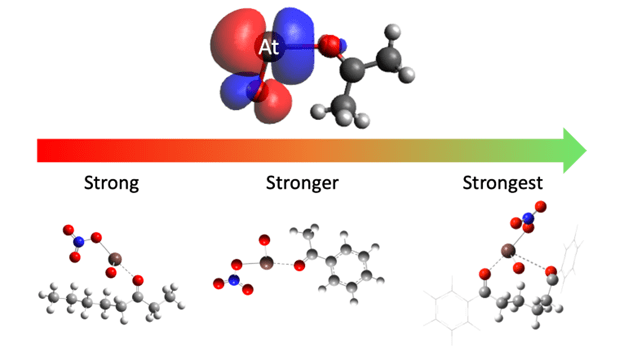
Tunable Bonds: A Step Towards Targeted At-211 Cancer Therapy
The astatine isotope astatine-211 (At-211) shows promise as a cancer therapy, but scientists know little about how it interacts with chemicals. Researchers have now discovered a new tunable bonding interaction between At-211 and a class of chemicals known as ketones. This discovery has the potential to improve cancer therapy drugs by linking At-211 to cancer targeting molecules.
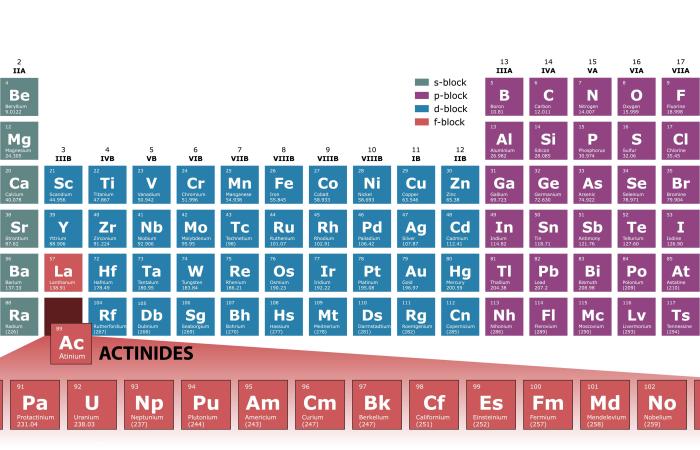
ORNL establishes Seaborg initiative for study of actinides
Oak Ridge National Laboratory joins four other national laboratories — Idaho, Los Alamos, Lawrence Livermore and Lawrence Berkeley — that have institutes named after nuclear chemist and Nobel Prize winner Glenn T. Seaborg.
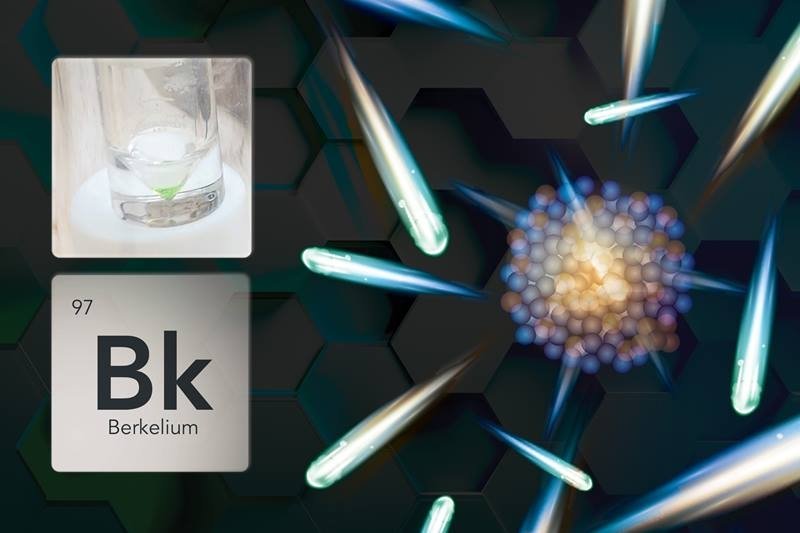
Getting Purer Berkelium, Faster than Ever
A novel system uses the discovery that the actinide berkelium, when oxidized, does not form negatively charged ions in solutions of high nitric acid, as other actinides do. This means an anion exchange column can separate berkelium by absorbing other actinides with negatively charged ions. The new method is much faster than the previously used approach, and is easier, cleaner, and yields purer product.
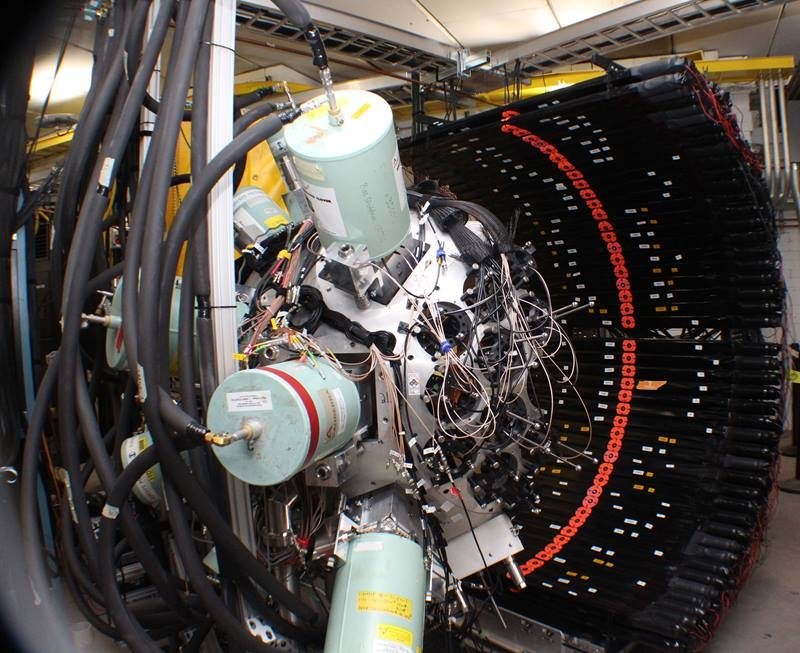
First Science Results from FRIB Published
A multi-institutional team of nuclear science researchers has published the results of the first experiment at the Facility for Rare Isotope Beams. The experiment involved colliding a beam of stable calcium-48 nuclei traveling at about 60 percent of the speed of light into a beryllium target to produce isotopes near the “drip line,” the spot where neutrons can no longer bind to a nucleus but instead drip off.

Energy Secretary breaks ground on new isotope facility at ORNL
U.S. Secretary of Energy Jennifer Granholm visited Oak Ridge National Laboratory to attend a groundbreaking ceremony for the U.S. Stable Isotope Research and Development Center. The facility is slated to receive $75 million in funding from the Inflation Reduction Act. The facility on ORNL’s main campus will produce stable isotopes on a large scale, meeting the nation’s increasing demands for isotopes needed in medicine, industry, science and national security.
Secretary Granholm Breaks Ground on Isotope Research Center to Advance Life-Saving Medical Applications and Strengthen America as a Global Scientific Leader
The U.S. Department of Energy (DOE), in coordination with Oak Ridge National Laboratory, today held a groundbreaking for the Stable Isotope Production and Research Center (SIPRC), which will expand the nation’s capability to enrich stable isotopes for medical, industrial, and research applications.
Fighting Cancer on Earth and in Space Using High-Energy Protons
Scientists use high-energy protons to create isotopes for cancer treatment. In space, such protons pose a risk to astronauts and spacecraft. To learn more about both the risks from these protons and about methods of using these protons to produce medical isotopes, scientists measured the cross sections (probabilities) for high-energy proton reactions used to produce radiopharmaceuticals. The research helps to optimize the quantity and purity of medical isotopes and improve the design of spacecraft shielding.
New model shows Earth’s deep mantle was drier from the start
By analyzing noble gas isotope data, a scientist determined that the ancient plume mantle had a water concentration that was a factor of 4 to 250 times lower when compared with the water concentration of the upper mantle. The resulting viscosity contrast could have prevented mixing within the mantle, helping to explain certain long-standing mysteries about Earth’s formation and evolution.
ORNL, partners launch first experiments using new facility to make cosmic isotopes on Earth
A new flagship facility for nuclear physics has opened, and scientists from Oak Ridge National Laboratory have a hand in 10 of its first 34 experiments.
Department of Energy Announces $4 Million for Isotope R&D
Today, the U.S. Department of Energy (DOE) announced $4 million in funding for 10 awards across 5 efforts to advance R&D for isotope production. This funding is part of a key federal program that produces critical isotopes otherwise unavailable or in short supply for U.S. science, medicine, and industry.

Dan Melconian: Then and Now / 2011 Early Career Award Winner
Dan Melconian is developing new techniques and new equipment to test our current theory of electroweak interactions. Comparison of these precision measurements to theoretical predictions will either confirm the Standard Model to a higher degree or point to a New Standard Model.

ORNL meets key FDA milestone for cancer-fighting Ac-225 isotope
A rare isotope in high demand for treating cancer is now more available to pharmaceutical companies developing and testing new drugs. The U.S. Food and Drug Administration recently received Oak Ridge National Laboratory’s drug master file for actinium-225 nitrate, which lets pharmaceutical companies reference the document to support applications for their own Ac-225-based drugs without disclosing proprietary information.
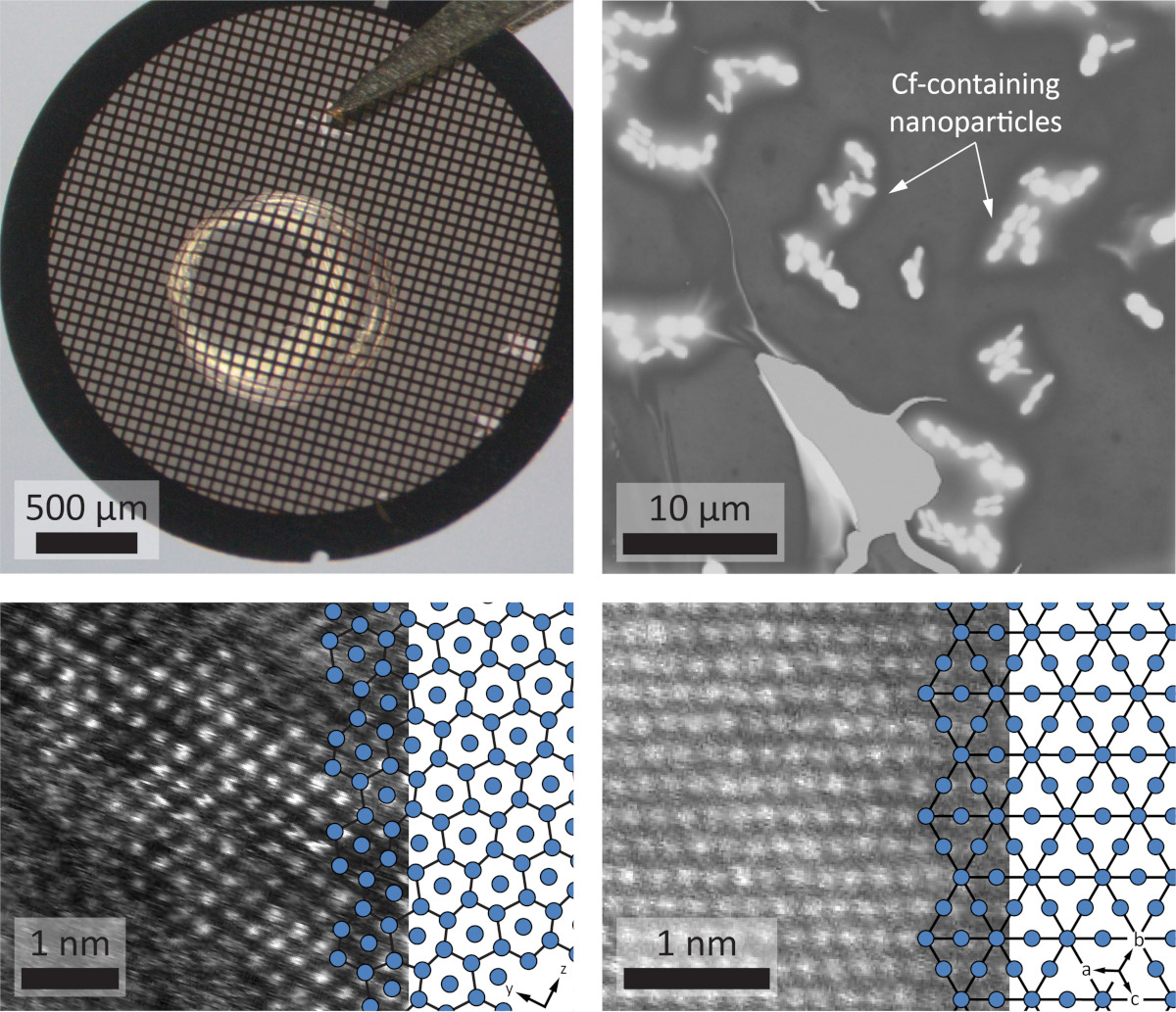
Do You Know the Way to Berkelium, Californium?
Scientists at Berkeley Lab have demonstrated how to image samples of heavy elements as small as a single nanogram. The new approach will help scientists advance new technologies for medical imaging and cancer therapies.

Story tips: COVID breath-sampling, welding advances and powered by water
ORNL story tips: COVID breath-sampling, welding advances and powered by water
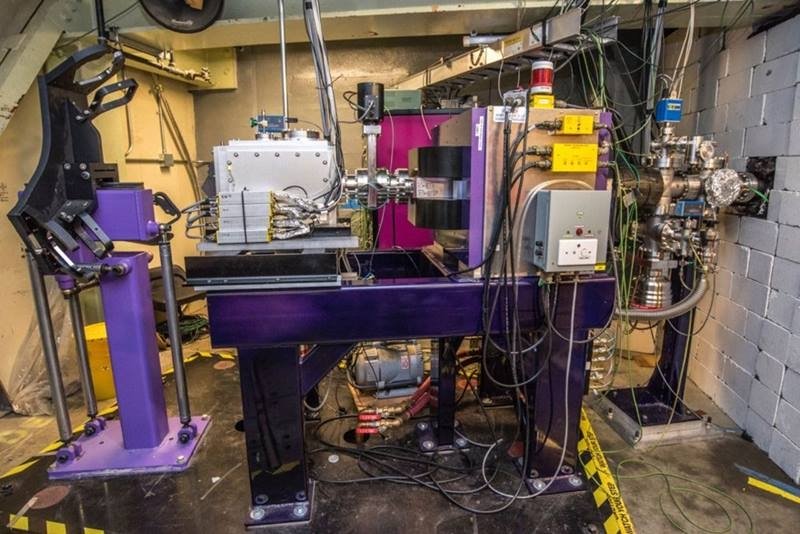
Isotope Discovery Continues: Mass Identification Confirms Production of a New Isotope of Mendelevium
Neighboring isotopes of the heaviest elements often have very similar properties. To differentiate these isotopes by their differing masses, scientists use a device called FIONA (For the Identification of Nuclide A) to measure the masses of heavy-element isotopes. For the first time, scientists have used FIONA to discover a new heavy-element isotope, mendelevium-244.
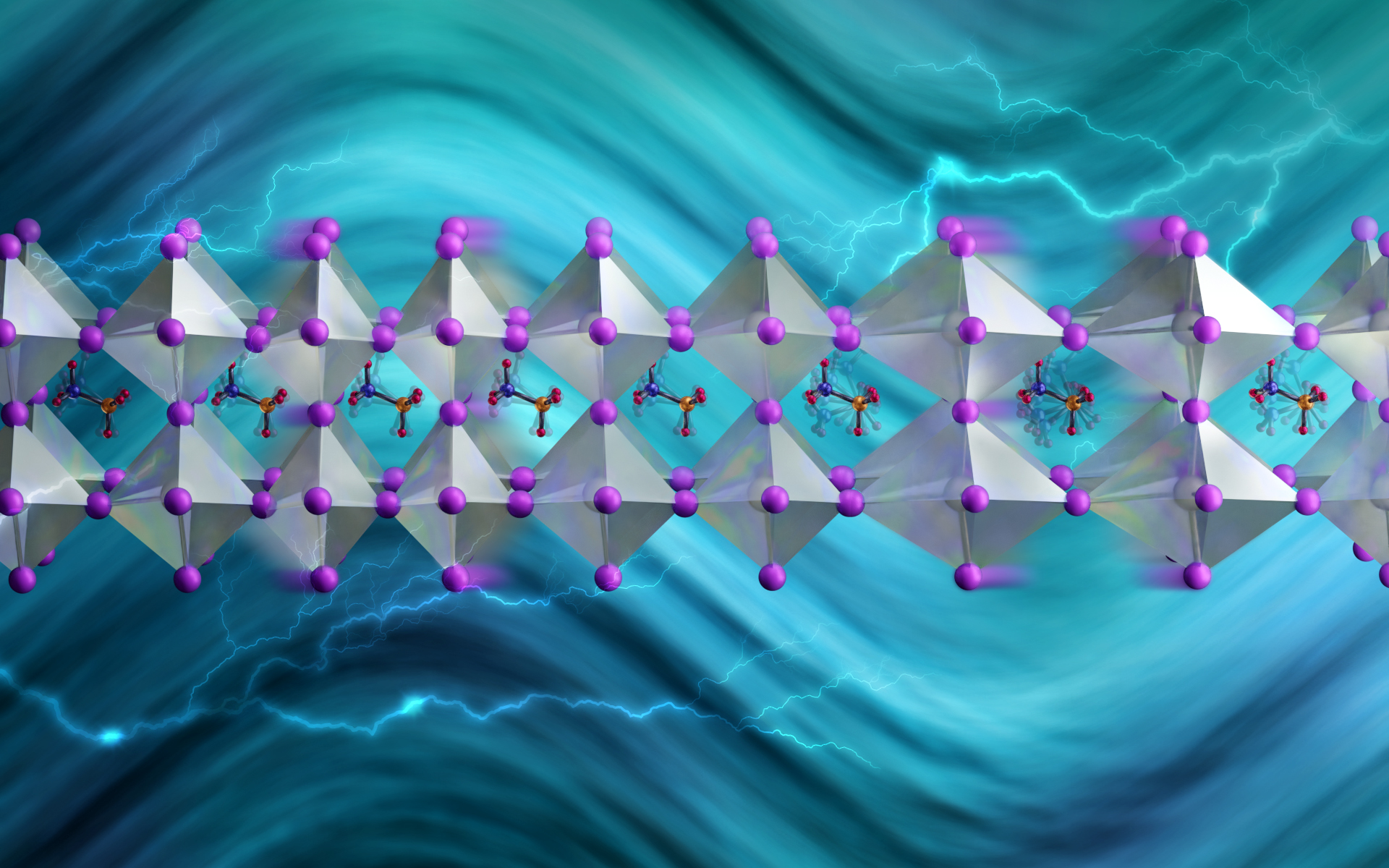
Blocking vibrations that remove heat could boost efficiency of next-gen solar cells
Led by the Department of Energy’s Oak Ridge National Laboratory and the University of Tennessee, Knoxville, a study of a solar-energy material with a bright future revealed a way to slow phonons, the waves that transport heat.
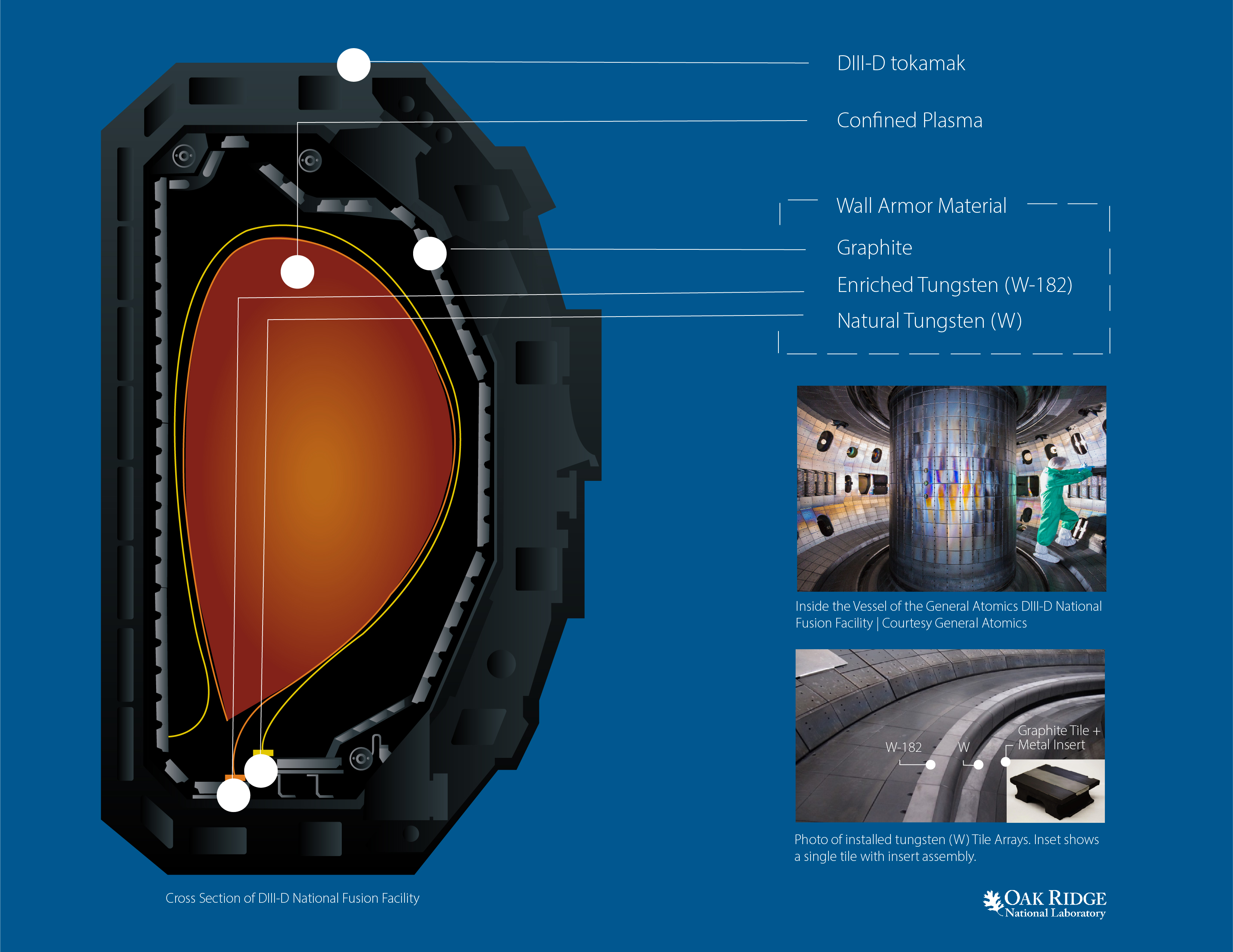
Tungsten isotope helps study how to armor future fusion reactors
A team of ORNL researchers working with tungsten to armor the inside of future fusion reactors had some surprising results when looking at the probability of contamination.
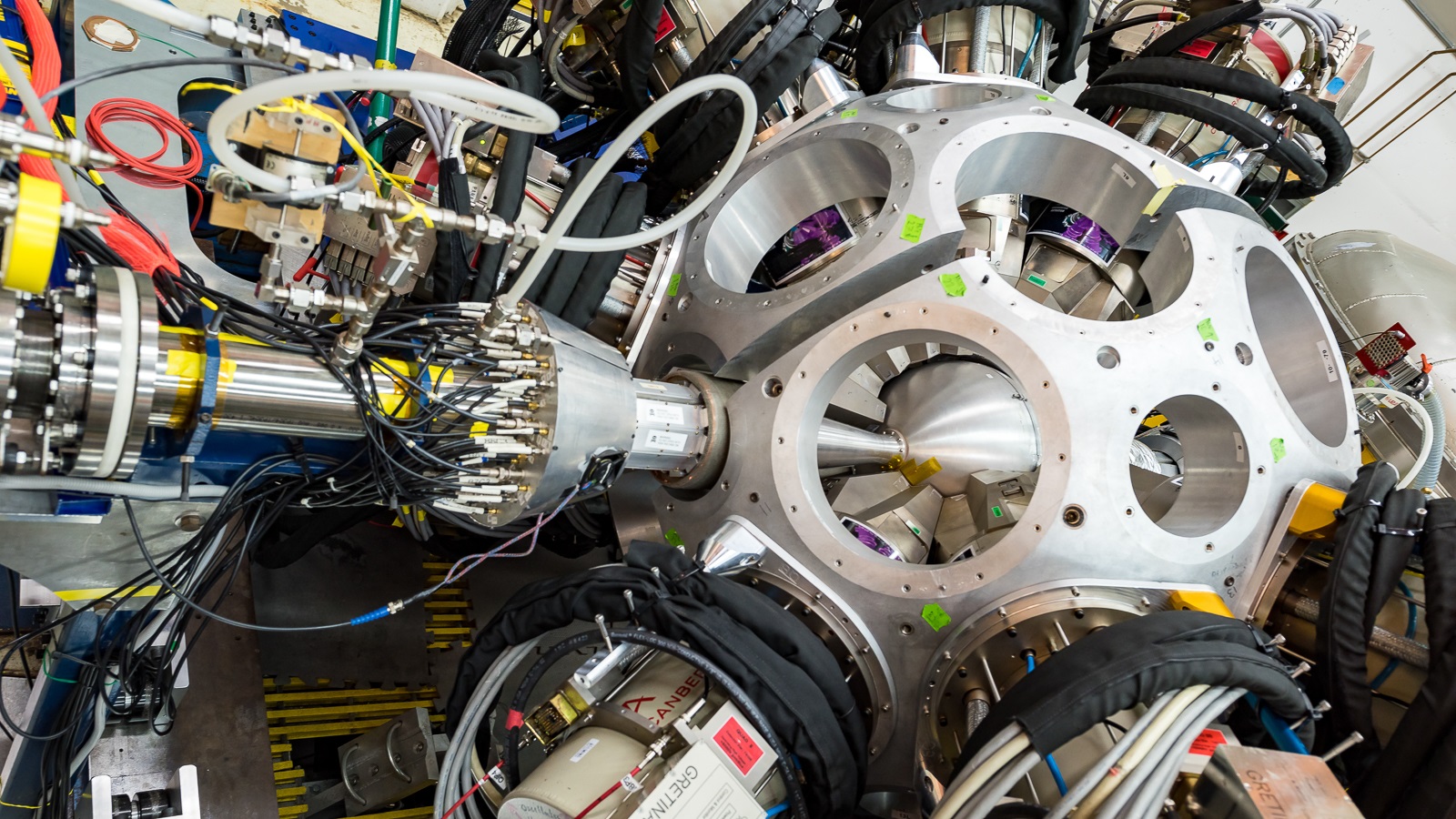
Explosive nuclear astrophysics
An international team has made a key discovery related to “presolar grains” found in some meteorites. This discovery has shed light on stellar explosions and the origin of chemical elements. It has also provided a new method for astronomical research.

UIC physicist earns innovation award from Microscopy Today
Groundbreaking approach in high-resolution electron energy loss spectroscopy has been judged to be one of the 10 best microscopy innovations in the 2020 Microscopy Today Innovation Award competition.
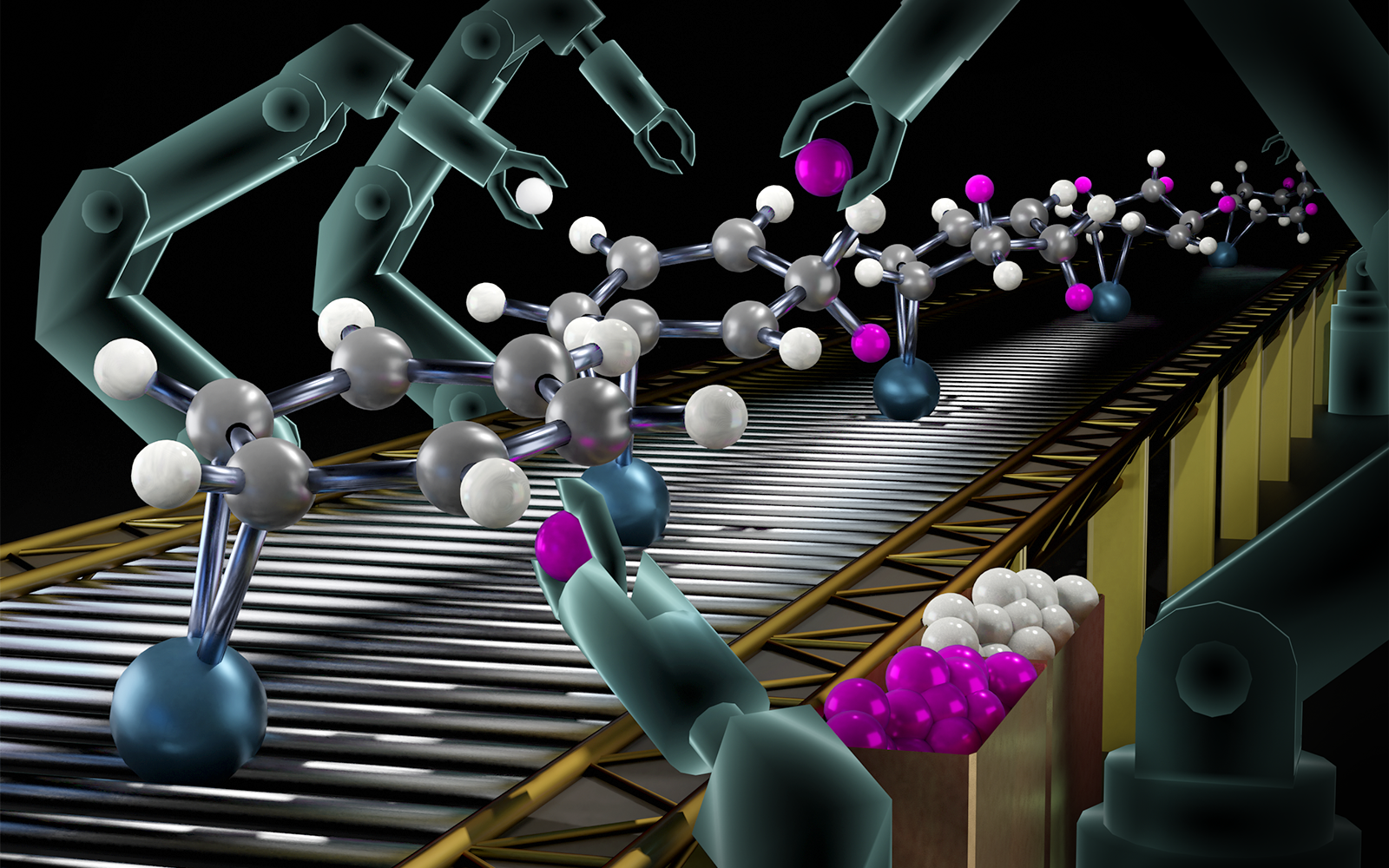
Story Tips: Shuffling atoms, thinning forests, fusion assembly and nuclear medicine
ORNL Story Tips: Shuffling atoms, thinning forests, fusion assembly and nuclear medicine
TRIUMF spin-off company secures US$19M investment
ARTMS Inc., TRIUMF spin-off company and global leader in isotope production technology, has announced US$19 million in Series A financing from a consortium led by Deerfield Management Company and Quark Ventures.
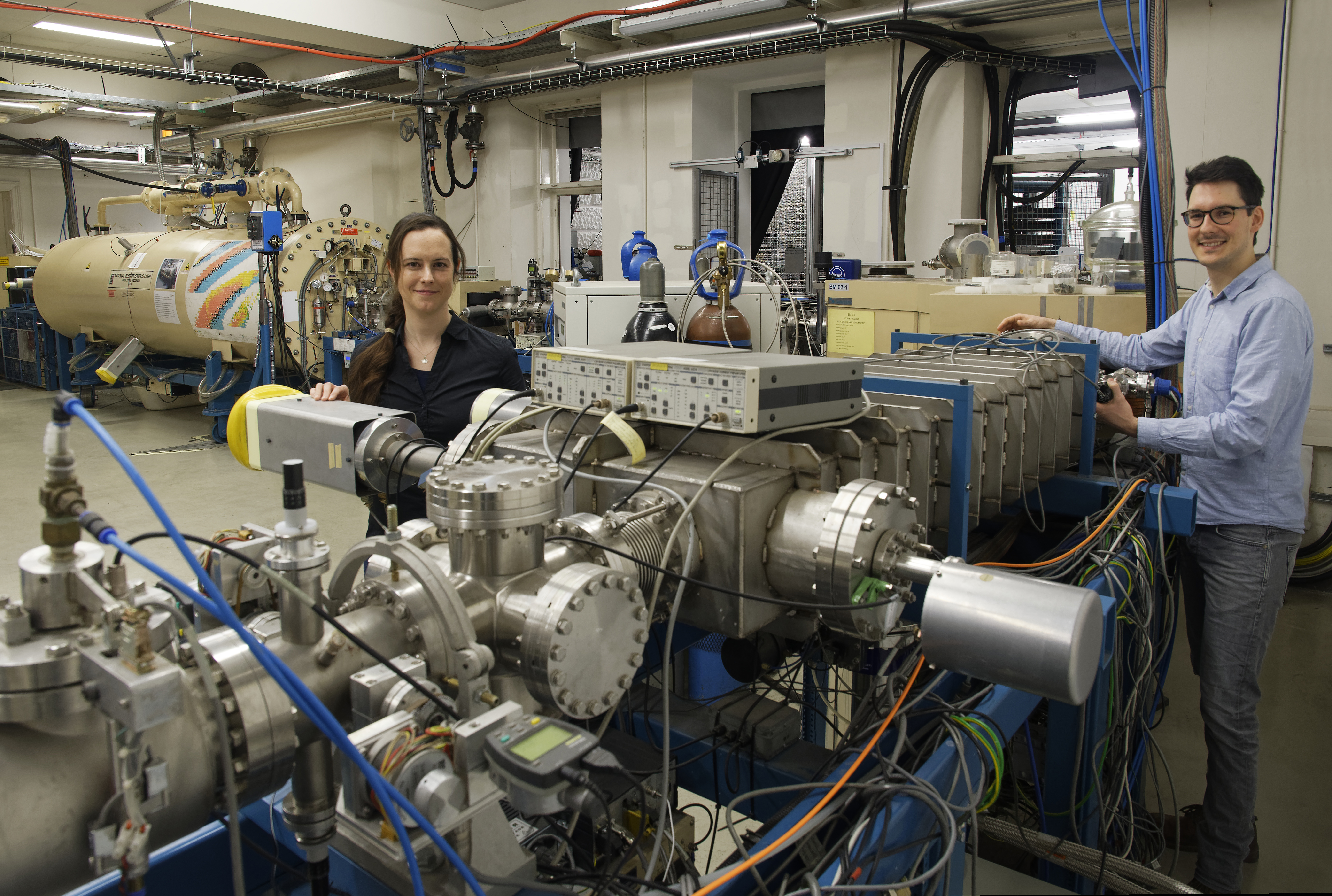
Atomic fingerprint identifies emission sources of uranium
Uranium is not always the same: depending on whether this chemical element is released by the civil nuclear industry or as fallout from nuclear weapon tests, the ratio of the two anthropogenic, i.e. man-made, uranium isotopes 233U and 236U varies. These results were lately found by an international team grouped around physicists from the University of Vienna and provides a promising new “fingerprint” for the identification of radioactive emission sources.
First field measurements of laughing gas isotopes
Thanks to a newly developed laser spectrometer, Empa researchers can for the first time show which processes in grassland lead to nitrous oxide emissions. The aim is to reduce emissions of this potent greenhouse gas by gaining a better understanding of the processes taking place in the soil.
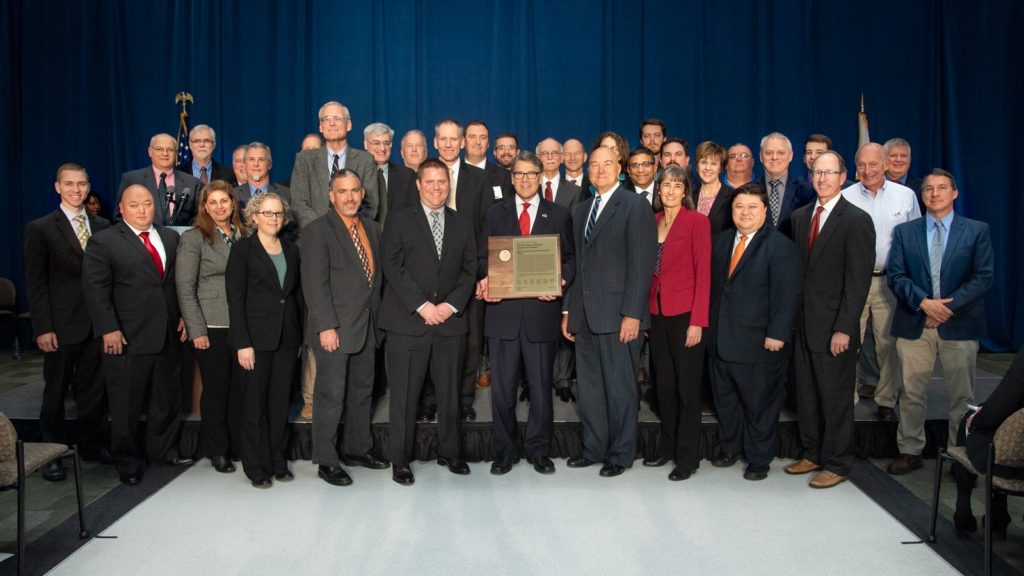
Two Argonne projects earn Secretary of Energy Honor Awards
With this year’s Nobel Prize in Chemistry awarded for the development of lithium-ion batteries, directors of the Joint Center for Energy Storage Research share perspectives on the future of energy storage.